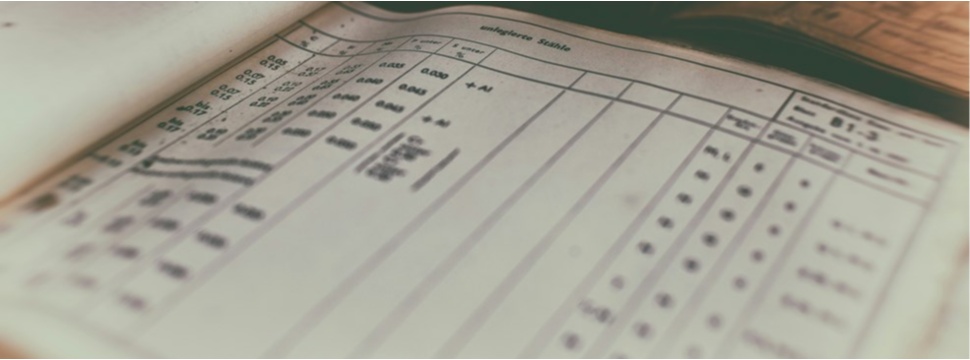The Gottbegnadeten list - artists exempted from military service
News News blog
The Gottbegnadeten list was a list compiled by the Nazi regime in 1944 of artists who were considered particularly important and were therefore exempted from military service.

The list comprised 1041 names and was divided into several sections:
Section I Gottbegnadeten list with a special list of 25 "irreplaceable" artists such as Richard Strauss and Wilhelm Furtwängler. There were also 353 other artists such as the actors Emil Jannings and Heinz Rühmann.
Section II listed further exempted artists for film, radio and concerts, including well-known names such as actor Hans Albers, singer Zarah Leander and actress Kristina Söderbaum.
Section III listed orchestras and bands, while Section IV listed artists working in military service who were sporadically released for concerts.
There had already been similar lists of desirable artists who were to be spared military service. From the fall of 1944, however, the list was no longer observed and even the "Gottbegnadeten" were now to be drafted into the total war and the Volkssturm.
Many of the listed artists continued their careers in Germany without interruption after 1945. However, some artists who had previously been courted by the regime were no longer included on the Gottbegnadeten list in 1944.
The Gottbegnadeten list exemplifies the close entanglement of art and politics during the Nazi regime and the special status that individual artists enjoyed as long as they allowed themselves to be used for propaganda purposes. It raises questions about personal continuities after 1945, even if not all careers continued uninterrupted. The topic is still being explored in research and exhibitions today.










